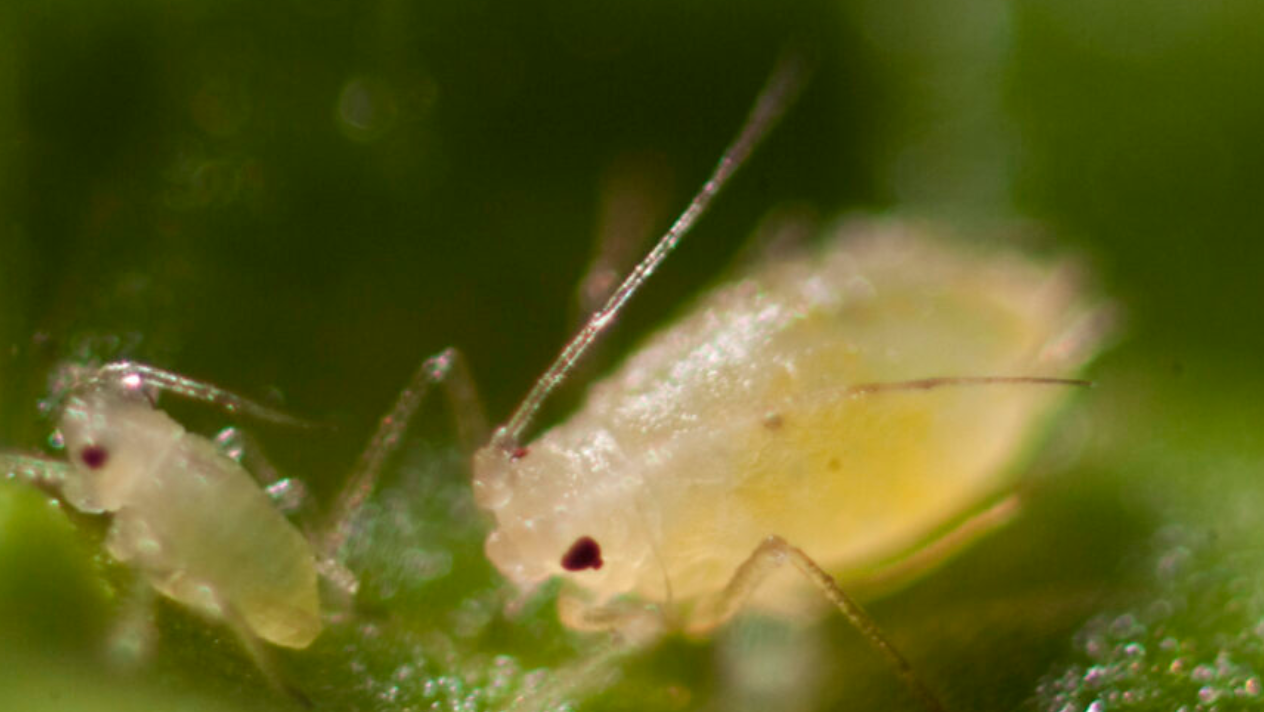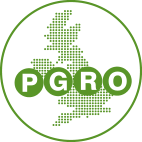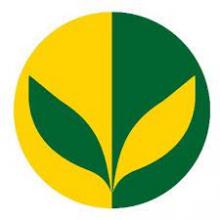Damage
The Peach-Potato aphid originates from Asia where its host plant, the peach tree, is native. However, it is now a pest with a world-wide distribution. The peach potato aphid (Myzus persicae) is a particularly polyphagous aphid with summer host plants from more than 40 different families and has the ability to transmit over 100 viruses.
Transmission of viruses can cause serious economic damage but only heavy infestations cause direct feeding damage. Peach potato aphid, Myzus persicae, is the most important vector of turnip yellows virus (TuYV), potato leaf roll virus (PLRV), potato virus A (PVA) and potato virus Y (PVY). It also transmits cauliflower mosaic virus (CaMV), beet yellows virus (BYV), beet chlorosis virus (BChV) and beet mild yellowing virus (BMYV). If aphids transmit viruses early in the season, the effects are greatest.
Appearance
The aphid itself is 1-2mm long, oval in shape, and varies from green to pale yellow and pink and these can all occur in the same colony. The wingless peach–potato aphid is medium-sized and pale green to pink or almost black. The winged form is a similar size but has a black central abdominal patch on the upper surface with a pale underside.
Control Recommendations
The vast majority of M. persicae are resistant to pirimicarb and quite a high proportion are resistant to pyrethroid insecticides. There is no resistance to neonicotinoid insecticides.
Natural enemies include parasitic wasps, ladybirds, predatory flies, spiders, ground beetles, rove beetles, lacewings and insect-pathogenic fungi. Providing habitats that encourage the presence of these can help control aphid numbers. They may not be effective in preventing virus transmission, as this can occur even at low aphid densities.
Early sowing of sugar beet can mean it is less likely to be affected, as older leaves are less palatable to the aphids.
Related Links
Information and from Rothamsted's Croprotect webpage supported by BBSRC NERC Sustainable Agriculture Research & Innovation Club









